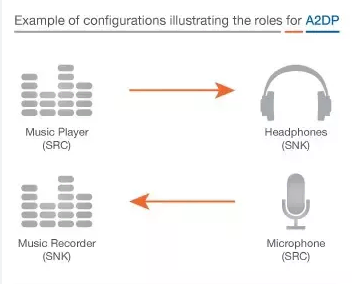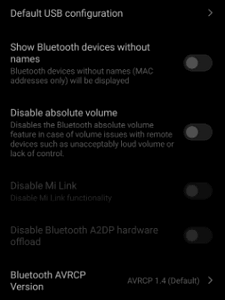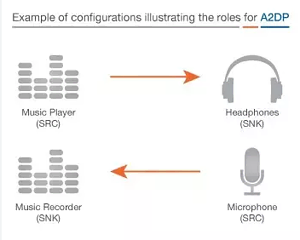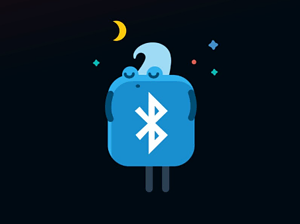What does turn off A2DP hardware offload do?
Advanced Audio Distribution Profile is what is meant by the abbreviation A2DP. This profile outlines the process by which high-quality audio signals (in either stereo or mono) can be transmitted via a Bluetooth connection from one device to another. One example of this would be music being played on wireless headphones from a mobile phone. a2dp hardware offload
In the developer settings of your phone, you have the option to turn A2DP hardware offload on or off. On the other hand, a great number of people are unclear about the purpose of this.
When you enable AODP hardware offload on your phone, the phone will decode the audio stream by making use of its Bluetooth radio. When you turned it on, the device would play the audio from the phone, but if you toggled it off, it would not.
In this article, we will describe what A2DP hardware offload is and walk you through the process of enabling it on your Android device.
What exactly does it mean to turn off the A2DP hardware offload?
Advanced Audio Distribution Profile is what is meant by the abbreviation A2DP. It is a Bluetooth profile that enables the wireless transmission of stereo audio data, and it functions wirelessly. The most typical application of this profile is for wirelessly transmitting music from a mobile device to a set of headphones that are not wired.
When it is turned on, the audio is transmitted to the Bluetooth device, where it is decoded before being sent back. When it is turned off, the audio is decoded on your phone, and then it is compressed before being transmitted as an audio signal to the device. The sound from the phone will be played through the device.
How does it come into effect?
When the AODP hardware offload feature is turned on. Both the A2DP source and the A2DP recipient will use the Advanced Audio Distribution Profile in order to communicate with one another.
The A2DP recipient, which could be something like a Bluetooth-enabled loudspeaker, is responsible for decoding the audio signals that are being sent by the source, which could be something like a smartphone or an MP3 player, and then resending them in the form of audio signals.
How to Enable Hardware Offload for the Bluetooth A2DP Protocol
Simply following the procedures below will allow you to enable or disable the A2DP hardware offload.
Navigate to the settings menu on your phone.
Check to see that the development mode is active.
Launch the menu labelled System.
Launch the Settings for Developers menu.
You will find the Bluetooth A2DP Hardware Offload toggle in the section devoted to the networking options.
Activating or deactivating the hardware offload is as simple as turning on or off the switch. The action that was just taken will cause a device to restart.
What Exactly Is the Technology of A2DP?
A function known as Advanced Audio Distribution Profile, or A2DP for short, is one that virtually all operating systems for contemporary smartphones make available. The use of A2DP enables the transfer of high-quality voice signals from a microphone to an appropriate device.
This technology sees widespread use in the automotive industry, specifically in the creation of Bluetooth links between mobile phones and car stereos as well as hands-free gadgets.
Because of this functionality, users no longer need to purchase a separate audio device in order to listen to the music stored on their phones. You can disable A2DP on your Android phone if you wish to use it with a different Bluetooth device, even if it is enabled by default when the phone is manufactured.
Before you switch on your device, check to see if it is capable of using A2DP. Users are able to stream stereo audio from their mobile devices, such as smartphones and tablets, to a wide variety of speakers and personal computers (PCs) that are compatible with A2DP.
Does Bluetooth A2DP Support Exist for Android?
The A2DP Bluetooth profile is supported by Android-based mobile devices. On the other hand, Android only permits a single active A2DP device at any given time.
As a direct consequence of this, only a single A2DP device is able to play stereo audio, and only a single A2DP device can be utilised at any given time.
“Turn Off A2DP Hardware Offload” is greyed out on your screen?
Because the feature may have been disabled by the manufacturer of the phone, there is not much that can be done to fix this in the majority of circumstances. On the other hand, you may give this simple solution a shot and see if it helps.
Enter the developer settings menu, then turn off Developer Options using the toggle button. Afterwards, turn it back on without leaving the screen you’re on. If you scroll down, you should be able to turn off that setting using the toggle button.
Conclusion
I really hope that you found this post to be informative. In concept, A2DP is a Bluetooth stereo profile that outlines the process by which high-quality stereo audio can be transmitted from one device to another over a Bluetooth connection. This process can be performed by one device talking to another device.
This technology is incorporated into every variation of the Bluetooth connection that can stream audio from a mobile device, such as a phone. For example, if you are listening to music on your phone while wearing wireless headphones or utilising a wireless speaker.
For more Post check Techlo




